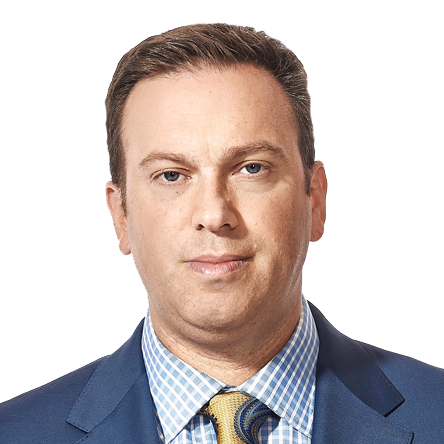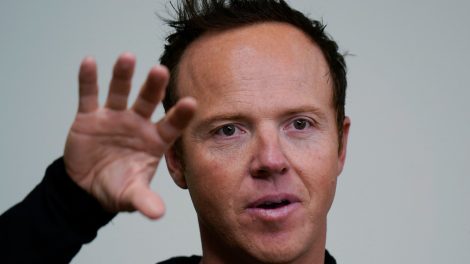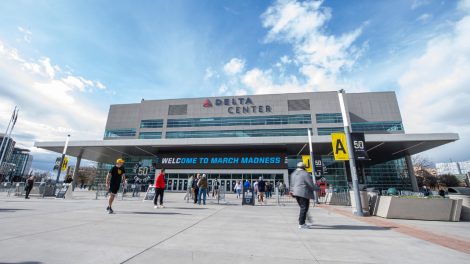As the NHL/NHLPA continue to grind their way through a return-to-play/CBA agreement, terms continue to seep out. Here’s some of what we’re hearing:
The updated rules will carry through 2025-26, although there is a provision for a one-year extension if more than $125 million in escrow is owed to the league. The salary cap for 2020-21 is $81.5 million. The NHL/NHLPA are talking about keeping it there until revenues hit $4.8 billion. At that point, they will use the two years prior to calculate the cap number — meaning the 2022-23 ceiling will be based on 2020-21 revenues. That will give more certainty and planning.
Cap on escrow is 20 per cent next season. Somewhere between 14-18 per cent in 2021-22, depending on 2020-21 revenue. Then we go 10 per cent in 2022-23, with a maximum of six per cent over the remaining term (if there is an extra year, the escrow cap will be at nine per cent). There will be a 10 per cent salary deferral next season. It will be repaid during the final three years of this CBA.
Olympic participation for 2022 and 2026 is guaranteed pending agreement with the IOC. This year’s playoff fund (a bonus pool of money players earn the longer their team plays) will be doubled to $32 million. It is much higher this year since more teams are eligible and players are coming into a bubble during a pandemic. It will go to $20 million next season. The minimum salary will rise to $750,000 next season and reach $800,000 by the end of this deal.
There are some interesting modifications:
• No-move and no-trade clauses now travel with a player who has agreed to lift one, even if they haven’t kicked in (previously, the acquiring team had to agree).
• Players aged 35 and over can sign multi-year deals that are flat or ascending and there will be no cap hit if they retire before the deal is up (previously, the cap hit stayed no matter what).
• Year-by-year variability: six-year contracts that are front-loaded and worth at least 7.5 per cent of the cap cannot exceed 35 per cent between the highest and lowest salary amounts. Rules for other contracts remain the same (I’ve heard players and teams will consider back-loading new contracts because escrow is capped at a lower number and cash flow should improve for clubs).
• No changes to signing bonuses
*There are no more conditional picks in trades based on a player re-signing with the acquiring team. For example, the New Jersey Devils’ current third-rounder from Arizona in the Taylor Hall deal upgrades if he re-signs with the Coyotes. Agents and NHLPA staff felt it hurt players’ value.
As for return to play, anyone has the right to opt out without penalty. There will be pre-testing before everyone travels to the hub, and in the final week before arrival everyone will be asked to stay at home as much as possible, besides going to the rink. Once there, testing will take place on a daily basis, as each team will have a set time each day depending on their schedule.
Face covering will be mandatory at all times in the bubble, with social distancing practiced — including restrictions on the number of people allowed in the lobby and on elevators. Everyone will get their own room.
And, there will be rules if someone needs to leave for an emergency, in terms of if re-entry will be allowed and the conditions for that.
Obviously, there will be more, but this gives you an idea of where everything is going.
[relatedlinks]









